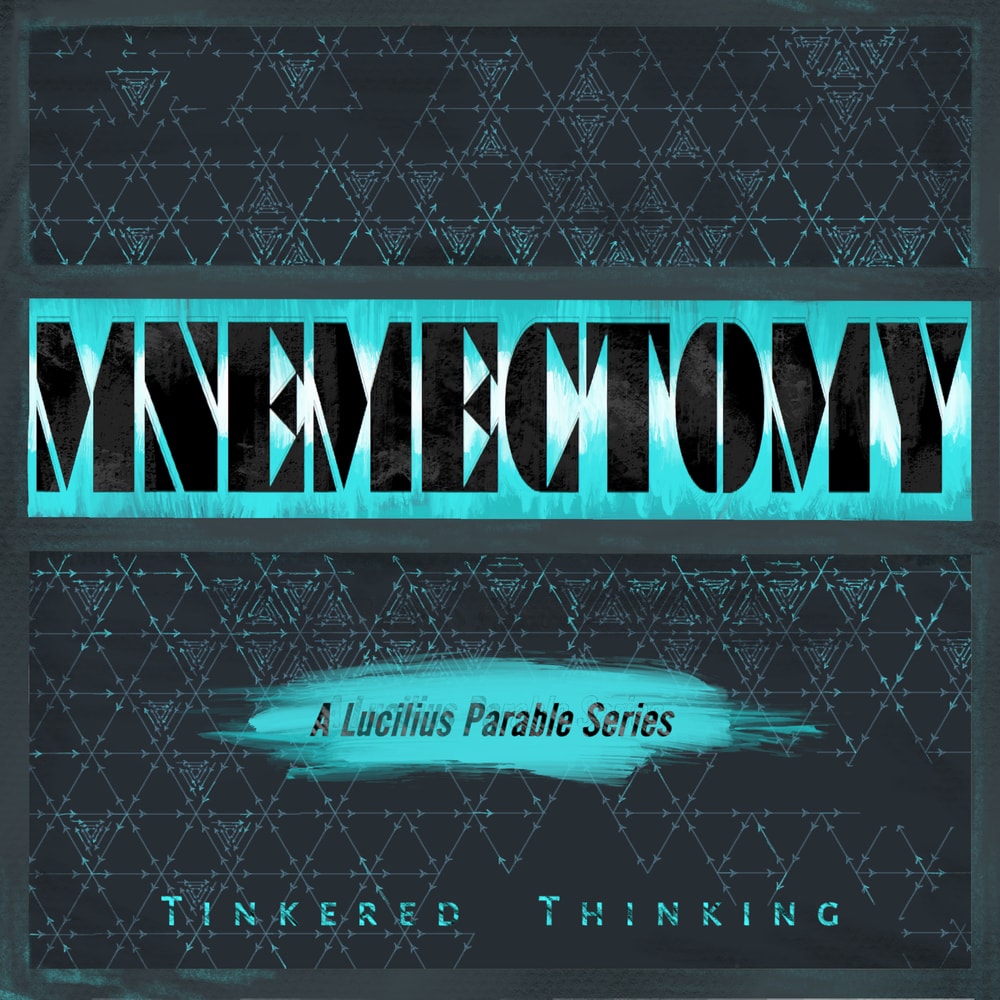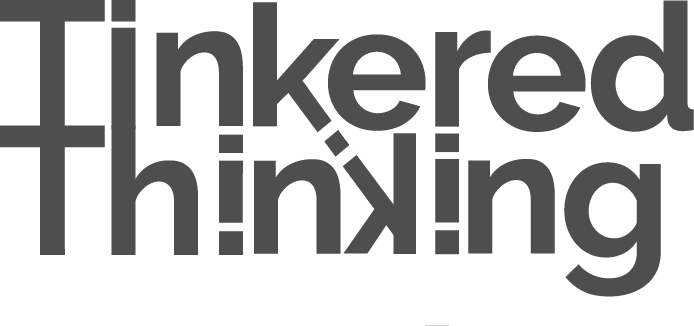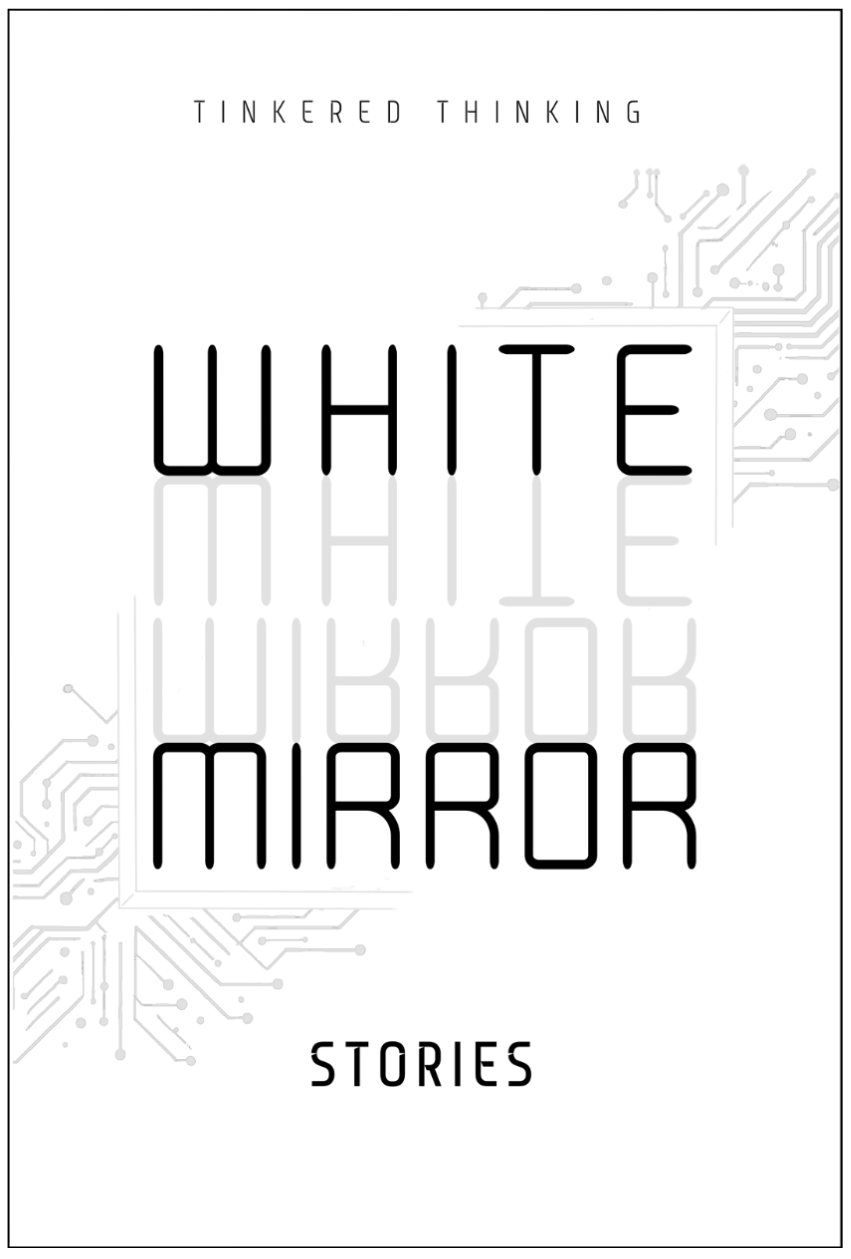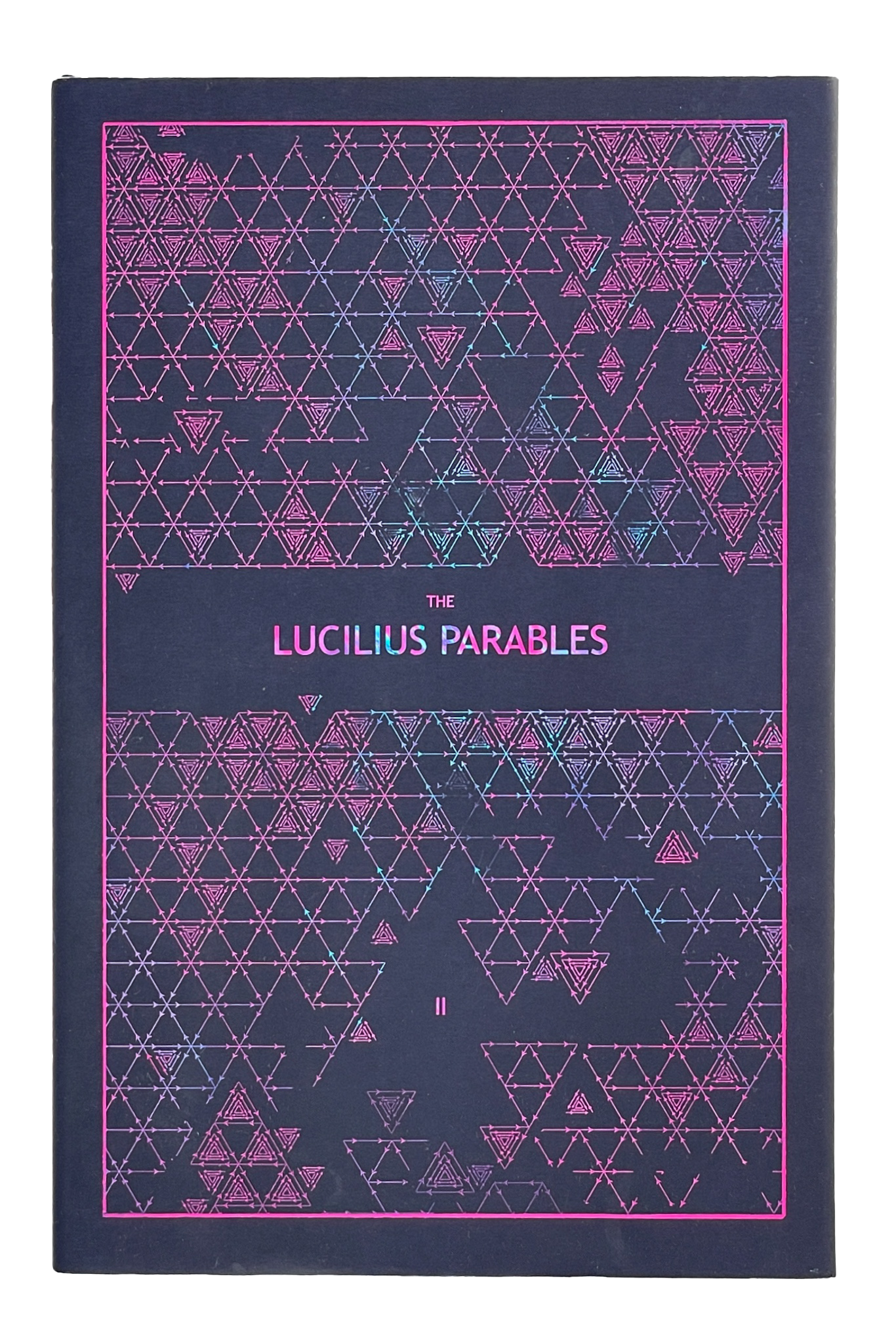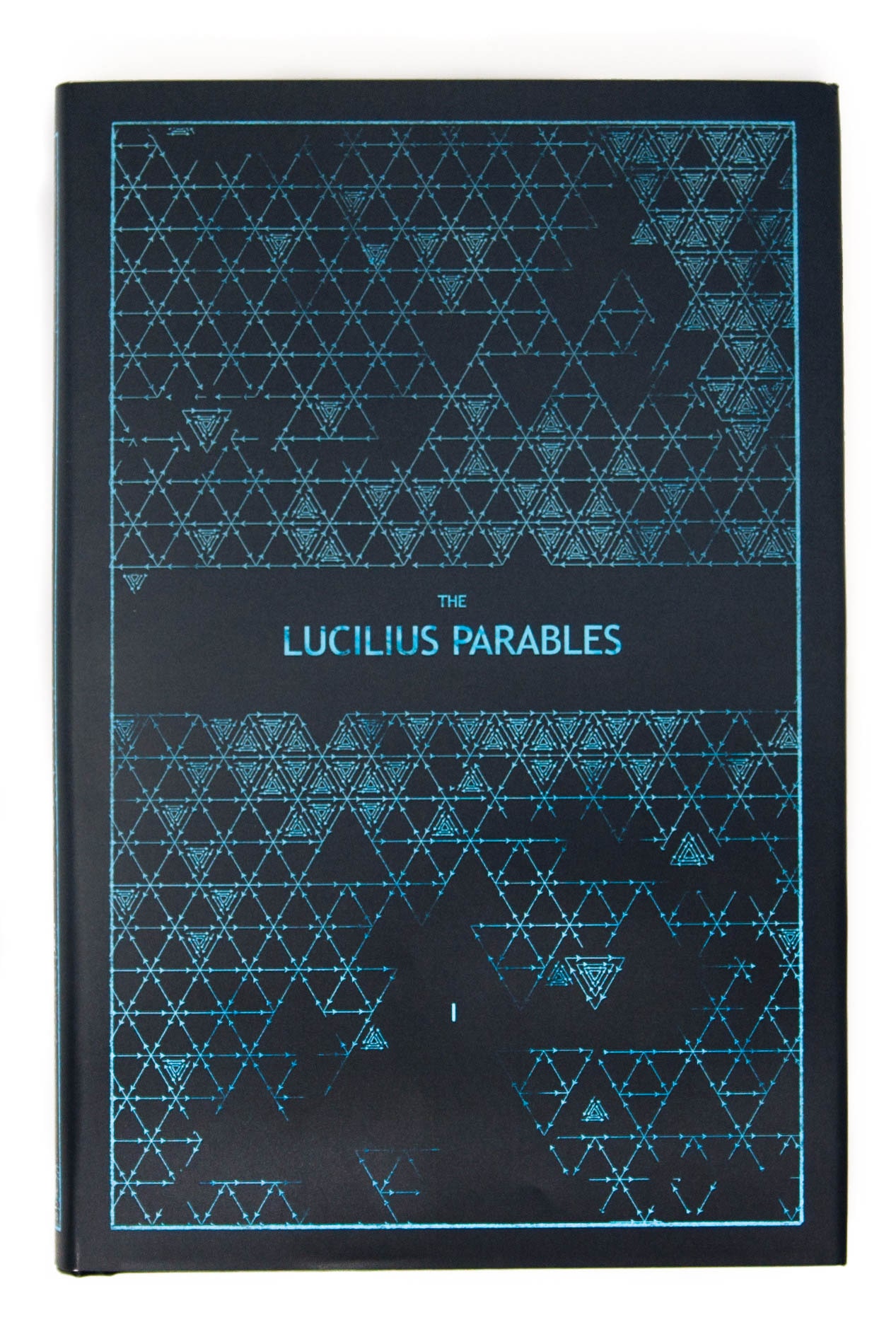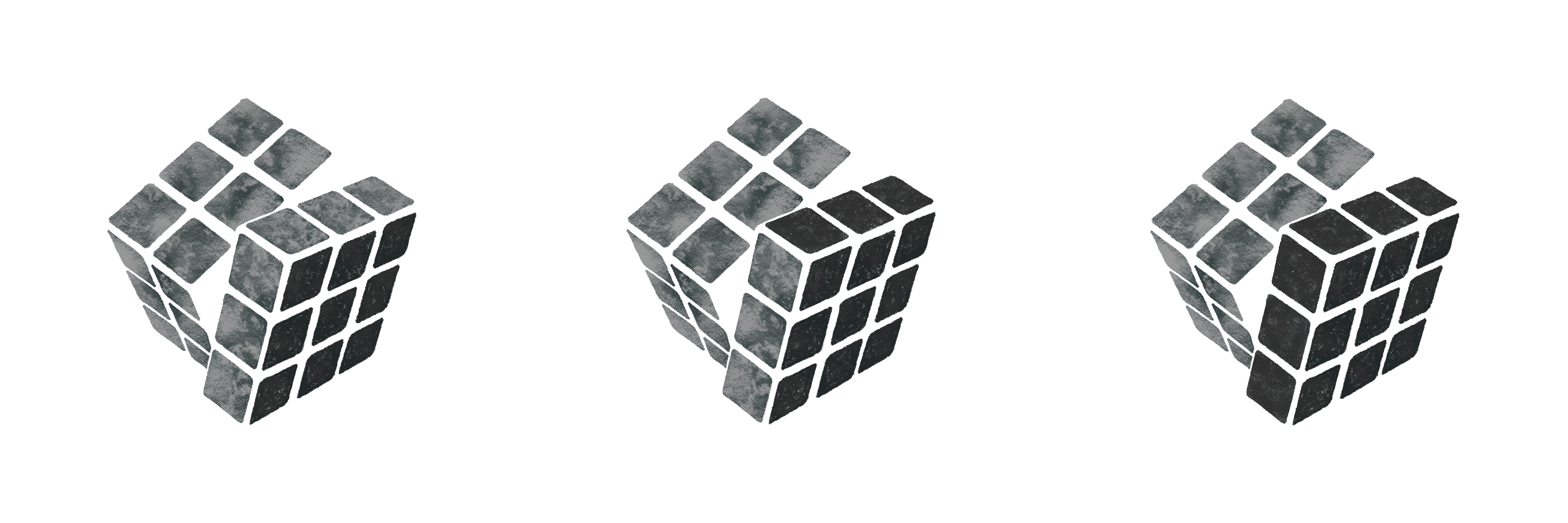Daily, snackable writings to spur changes in thinking.
Building a blueprint for a better brain by tinkering with the code.
subscribe
rss Feeds
SPIN CHESS
A Chess app from Tinkered Thinking featuring a variant of chess that bridges all skill levels!
REPAUSE
A meditation app is forthcoming. Stay Tuned.
NETWORK OF CATEGORIES
May 22nd, 2020
This episode is dedicated to “Till’s Journal” which presumably is someone named Till who operates the Twitter handle @tillsjournal
What’s the difference between a trade school and a degree at a university? We might say that one is more practical, or one is more of a “blue collar” training. But if we dig down into the divide, where does the difference really land?
Trade schools generally instruct a person on the ins and outs of some sort of physical system. Like electrical wiring, or refrigeration repair, things that often require your hands, and usually some sort of physical manipulation.
A university on the other hand is more concerned with abstract concept. Whether that be physics or what was going through Joyce’s head when he wrote Ulysses.
One way to define this difference between university and trade school is that one deals in physical systems and the other deals in conceptual systems.
The operation of nearly all university and most degrees can be simplified into a single task: nearly all degrees are just huge vocabulary lessons.
Each field has its own particular jargon. The medical field is great for this. As we explore the body and it’s workings with more detail, new names crop up to describe hitherto unknown regions. As our resolution increasing in brain imaging, sub regions of sub regions of sub regions emerge with hypothesized functions. A similar ballooning of jargon can be found in a field as seemingly different as literature. New terms are constantly being invented, for better or worse to try and describe new ways of looking at things.
As we discover nuance between and across categories, we end up creating more categories to demarcate these spaces, giving birth to new words. This process might not have an end as our attention focuses in on smaller and smaller slivers of nuance between categories that we’ve already created. More importantly though, we can look backward and see how human thought has grown from a simpler form of conceiving of the world.
Take for instance how we teach language to children. We start with the biggest, starkest and most obvious categories.
Dark, light.
Up, down.
Left, right.
Good, bad.
Yes, no.
As should be obvious, a lot of these categories come in a pair and form a dichotomy. It’s only later on that we begin to explore the space between these categories. The dichotomy of yes/no ends up being ineffective, so we invent a hazily nuanced set of categories that exit between yes and no.
Maybe
Probably
Sort of
Suddenly a network with just two diametrically opposed nodes grows in complexity and has a string of nodes connecting the ends, creating a spectrum.
Language grows to consume the space within the spectrum it defines.
Especially with a voracious, cannibalistic language like English which ingested huge portions of a variety of languages and continues to innovate with it’s own schema.
The trade off, of course is complexity. While language gains the ability to describe every little crevice of experience and knowledge, it also balloons past what individual humans are capable of remembering. There’s a fairly good chance that Shakespeare actually knew most if not all of the words in the English language. But that task is effectively impossible today since English is actually quite a bit bigger than it used to be. There are now entire volumes of medical text books stuffed with words that did not exist a century ago. And this is multiplied across a number of fields of study that have likewise expanded.
Notice also the degree of definition within a single category. Take for example the word Laryngectomy. It simply means ‘removal of the larynx’. But a full definition of the word would be a step by step understanding of the entire process, which would inevitably require knowing a huge amount of technical knowledge that surrounds the process and governs the underlying principles that lead to a successful procedure. The word laryngectomy is part of a huge network that requires a medical degree to properly explore.
What’s all this categorization and sub categorization for? Why does the term high heels not suffice? Why do we also talk of Mary Janes and Louboutin’s?
The entire vast project of language, of categorization is simply an attempt to figure out and track what is going on.
It’s worth pointing out that the word ‘existence’ might have the largest definition of all. While we can define it simply, as we did with laryngectomy, to define ‘existence’ in a truly exhaustive way would require a definition of all the categories that exist, which in effect would be…
everything.
-compressed.jpg)
